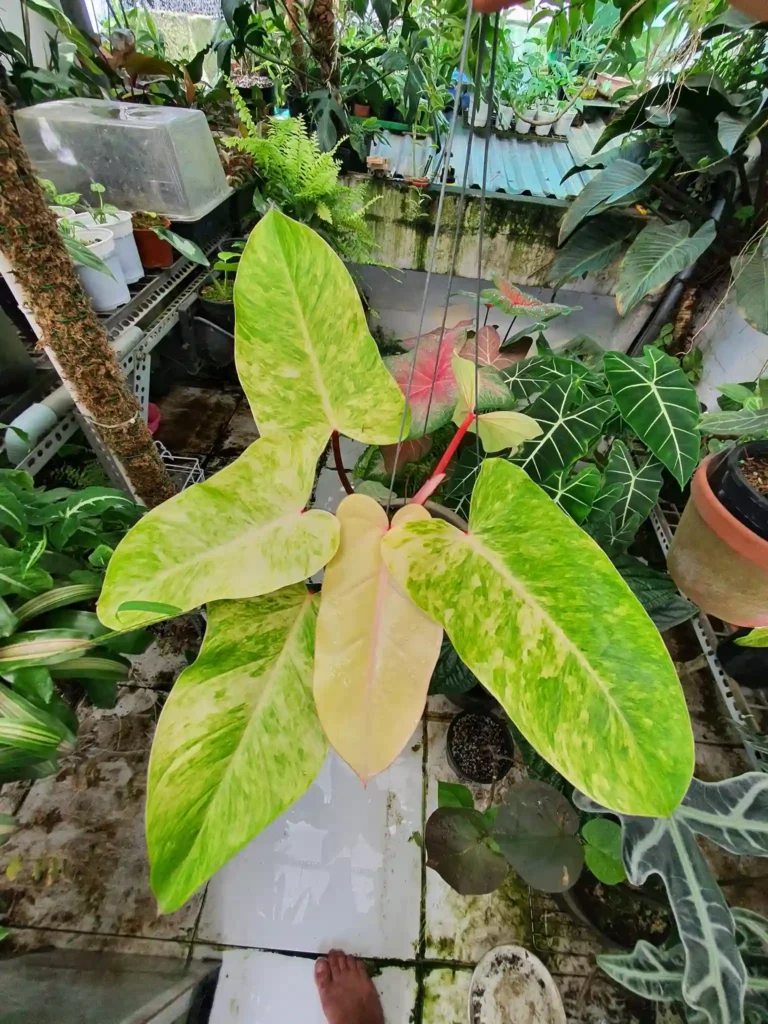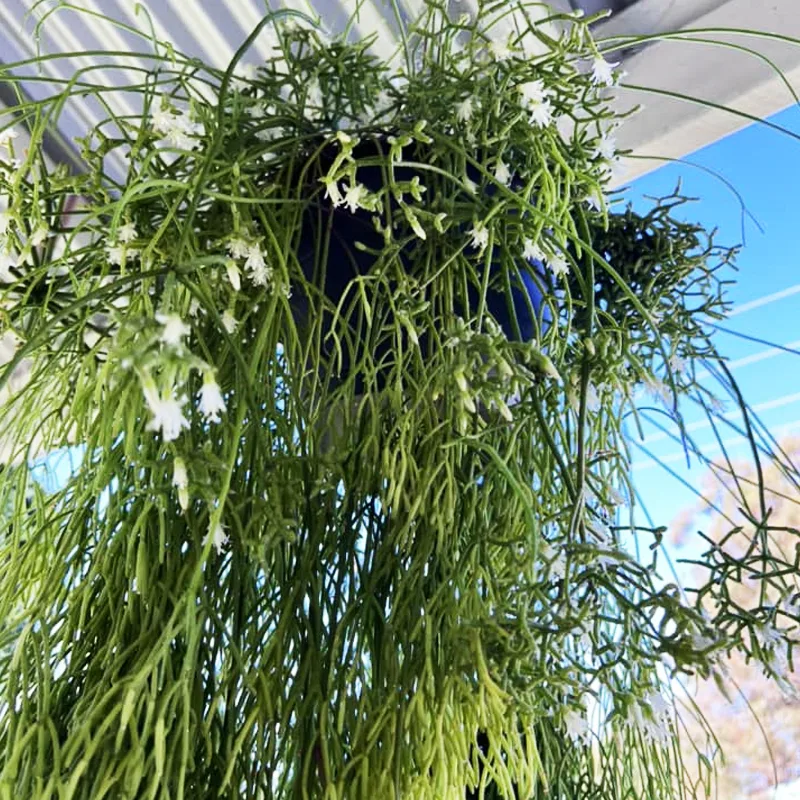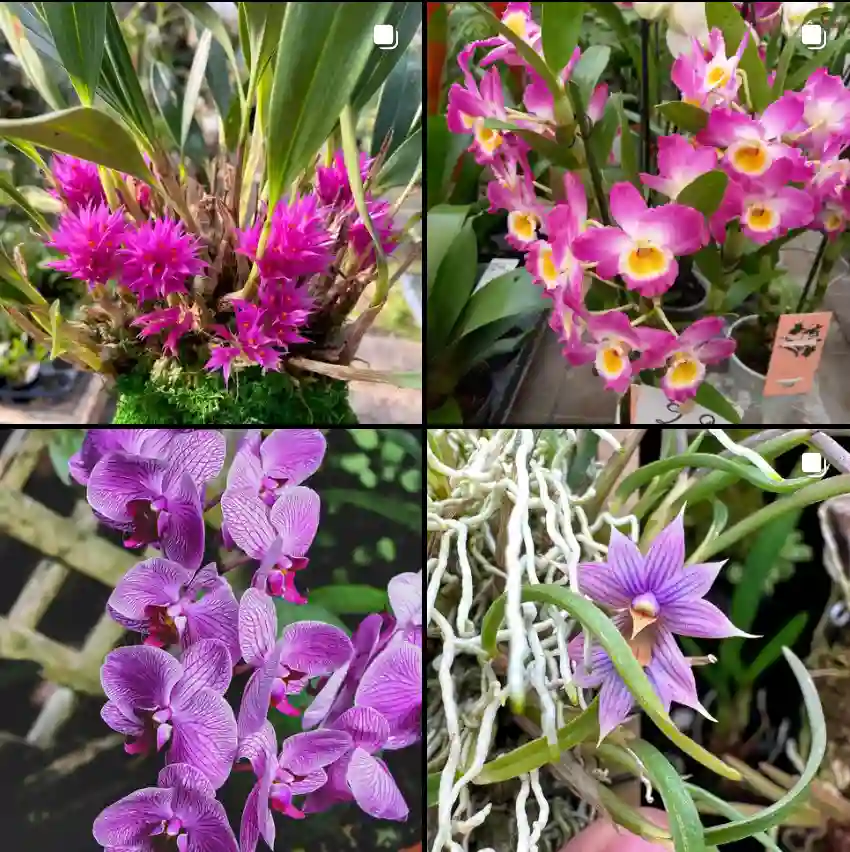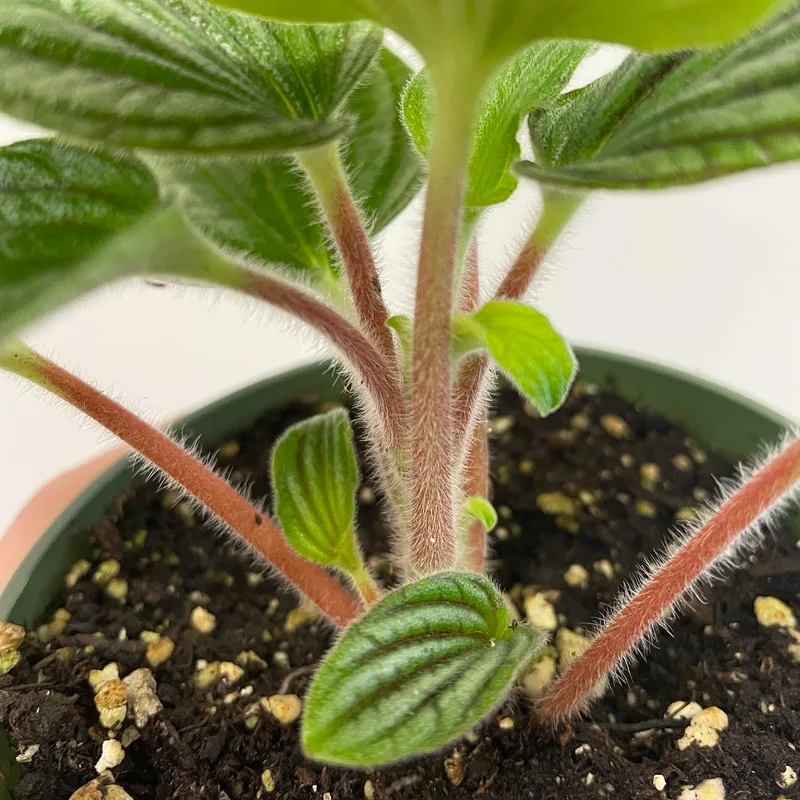FAQs about Lagerstroemia Pocomoke Crape Myrtle
Lagerstroemia Pocomoke Crape Myrtle is a plant that always catches my eye. Its compact size and beautiful pink flowers make it a standout choice for my garden. I’ve had a lot of experience growing and caring for Pocomoke Crape Myrtle, and over time, I’ve come across several frequently asked questions. I’ll share what I’ve learned about this charming plant to help others enjoy it as much as I do.
49 Species in Genus Lagerstroemia
What is Lagerstroemia Pocomoke Crape Myrtle?
Lagerstroemia Pocomoke Crape Myrtle is a dwarf crape myrtle variety, perfect for those who want the beauty of crape myrtles without the size of their larger relatives. This compact shrub grows only about 2 to 3 feet tall and wide, making it ideal for small gardens, containers, and borders. The Pocomoke variety is known for its bright pink flowers that bloom from summer to early fall. The foliage is also quite attractive, with dark green leaves that turn a reddish-bronze color in the fall.
How to Care for Lagerstroemia Pocomoke Crape Myrtle?
Caring for Lagerstroemia Pocomoke Crape Myrtle is straightforward. Here are the essentials I’ve found to be crucial for its health and growth:
- Sunlight: This crape myrtle thrives in full sun. At least 6 hours of direct sunlight is essential for optimal blooming. If it’s planted in too much shade, it may not produce as many flowers.
- Soil: Well-drained soil is a must. While it can tolerate a variety of soil types, including clay and sandy soils, I’ve found that slightly acidic, loamy soil works best.
- Watering: Once established, the Pocomoke Crape Myrtle is quite drought-tolerant. However, regular watering, especially during the first growing season, helps the plant establish a strong root system. I usually water mine deeply once a week during dry spells.
- Fertilization: I fertilize my crape myrtle in early spring with a balanced fertilizer. Too much nitrogen can lead to lush foliage but fewer blooms, so I always follow the recommended amount on the fertilizer package.
- Pruning: Pruning isn’t necessary for this dwarf variety, but if you want to shape it or remove any dead wood, late winter or early spring is the best time.
How to Propagate Lagerstroemia Pocomoke Crape Myrtle?
Propagating Pocomoke Crape Myrtle can be done through softwood cuttings or seeds. Here’s what works best for me:
- Softwood Cuttings: I take cuttings in late spring or early summer. The cutting should be about 4 to 6 inches long, with a few leaves on it. After dipping the cut end in rooting hormone, I place it in a well-drained potting mix and keep it moist. It usually takes several weeks for roots to form.
- Seeds: While less common, growing from seed is possible. If you choose this route, collect seeds from the pods in the fall. Sow them indoors during winter and transplant them outdoors in spring.
What to Plant with Lagerstroemia Pocomoke Crape Myrtle?
Companion planting with Pocomoke Crape Myrtle is an excellent way to enhance its beauty. Since this is a small shrub, I like to pair it with other low-growing plants that complement its pink blooms and dark foliage. Some of my favorites include:
- Lavender: Its purple flowers contrast beautifully with the pink of the crape myrtle.
- Hostas: Their lush green leaves provide a nice backdrop.
- Sedum: The drought-tolerant sedum adds texture and complements the crape myrtle’s water-wise nature.
Additionally, I like to plant ornamental grasses nearby. Their tall, wispy blades add vertical interest and movement, especially in late summer when the crape myrtle is in full bloom.
How to Use Lagerstroemia Pocomoke Crape Myrtle in the Landscape?
I find the Pocomoke Crape Myrtle incredibly versatile in the landscape. Its compact size makes it suitable for a variety of uses:
- Borders: I often use it as a border plant. Its low height keeps it from obstructing views, while the bright flowers draw attention.
- Container Planting: If space is limited, this crape myrtle works wonderfully in containers. I’ve had success planting it in decorative pots on patios and decks, where it adds a pop of color.
- Foundation Planting: It’s also a great choice for planting along the foundation of homes, as it doesn’t grow tall enough to interfere with windows or siding.
- Mass Planting: For a more dramatic effect, mass planting Pocomoke Crape Myrtle creates a sea of pink blooms that can be breathtaking.
Is Lagerstroemia Pocomoke Crape Myrtle Toxic?
One of the questions I often get is whether Lagerstroemia Pocomoke Crape Myrtle is toxic. From my experience and research, this plant is non-toxic to humans and pets. This makes it a safe choice for gardens frequented by children and animals. However, while it’s not harmful, I always recommend keeping pets from chewing on plants, just as a precaution.
Can Lagerstroemia Pocomoke Crape Myrtle Tolerate Cold Weather?
Pocomoke Crape Myrtle is quite hardy. It’s typically hardy in USDA zones 6 through 9. In colder regions, where temperatures drop below its tolerance level, I’ve seen gardeners successfully grow it in containers and bring it indoors during the winter months. If you’re in a borderline zone, providing some winter protection with mulch can help it survive colder spells.
Conclusion
Lagerstroemia Pocomoke Crape Myrtle has become one of my favorite plants to grow and care for. Its compact size, stunning blooms, and easy-care nature make it a fantastic addition to any garden. Whether you’re looking for a beautiful container plant, a border accent, or a foundation shrub, this crape myrtle delivers. With proper care, it will reward you with a long season of vibrant color year after year.
If i die, water my plants!



